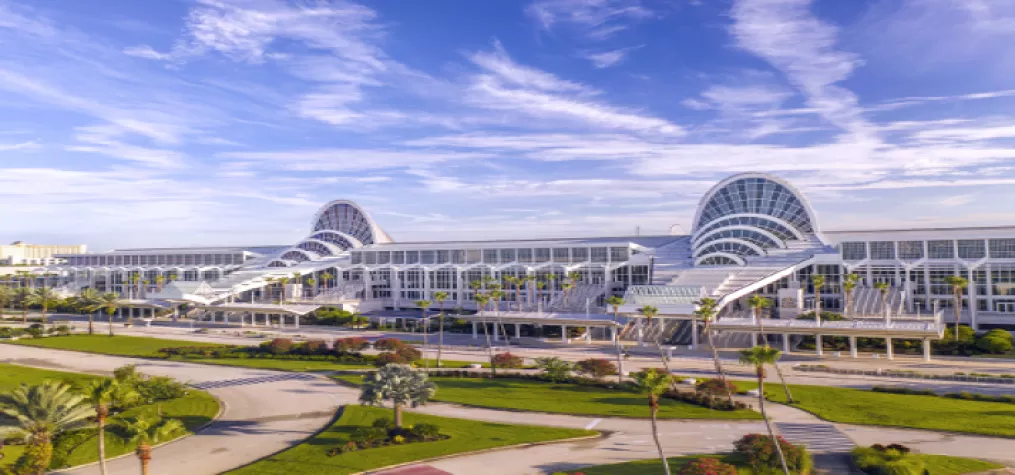Given that a full 90 percent of workers favor hands-on, experiential learning, it’s no surprise education is one of the top reasons people attend face-to-face corporate events.
But what happens when those events go virtual? How can organizers ensure attendees still achieve their learning objectives, even without the face-to-face experience?
Start by communicating expectations so audiences know what to expect to learn and how they can expect to learn it. Then, follow the principles below to ensure they get what they came for.
Design the Learning Experience
Map the attendee journey for a virtual event the same way you’d do so for a face-to-face event. This involves logistics like creating a clear entry point for the event, allotting time for breaks and simplifying virtual wayfinding.
It also involves creating opportunities for self-directed learning experiences, which new research in cognition found to improve knowledge retention. In the context of a virtual event, self-directed learning means not only allowing attendees to choose among various learning tracks, but also serving different types of learners, with content in various formats — live and on-demand, in panels and keynotes, in dynamic discussions and snackable sessions.
Contract Content — and Adapt It, Too
Edit, edit, edit. If you try to deliver the amount of material virtually that you were going to deliver face-to-face, you will lose your audience, without question. If you edit mercilessly — remembering it’s not about replicating the live experience online, but rather translating the most critical messages from one channel to another – your results will be far greater.
Remember, too, that content that’s well designed to educate a ballroom housing 10,000 people is unlikely to be well designed for a virtual environment. Revisit your creative. Check your visuals. And test to ensure each message comes through in a clear, creative, and convincing way via this new delivery mechanism.
Engage Learners Often
Learning on any channel should not be a passive endeavor — and a virtual event should never be conflated with a webinar.
Keep your audiences attentive and receptive to learning by triggering their participation at least every five minutes. This participation can come in the form of chats to facilitate peer-to-peer learning, pop quizzes to assess knowledge transfer and Q&As.
Be sure also to enlist moderators to share key feedback with presenters so they may give voice to common themes and clarify points of confusion. While it’s unlikely a presenter will be able to answer every question during the session, the leftovers offer perfect fodder for follow-up educational materials.
Educate an Audience of One
When an event goes virtual, a potential pitfall is the volume of distractions attendees face. One minute they’re in the middle of learning something important; the next one, their kid runs in, they notice new messages in their inbox or the kitchen beckons.
But hyper-personalization has a demonstrated ability to cut through the distractions. By leveraging the vast data set that virtual events afford, you can become a tutor, instead of a lecturer. That is to say, you can ensure your key messages are customized, based on the interests of individual attendees, their areas of greatest engagement, and the content that seemed to resonate or challenge them most.
And if you let them, your metrics can inform your educational content and improve its efficacy beyond the confines of the virtual event.
Measure, As Ever
There’s no shortage of data available in a virtual event. And that data will allow you to see what types of content your audience is engaging — or disengaging — with most. What do the trend lines tell you about knowledge transfer, for better or worse?
By looking at this data as it develops, you will identify opportunities not only to optimize future virtual events, but more imminently, to react in real time. Live presenters can adjust their messaging based on audience comprehension. And you can design post-event messaging that corrects common misunderstandings and reinforces high-priority messages. It’s yet another way to ensure your virtual event meets all the learning objectives your face-to-face one was originally designed to achieve.



Add new comment